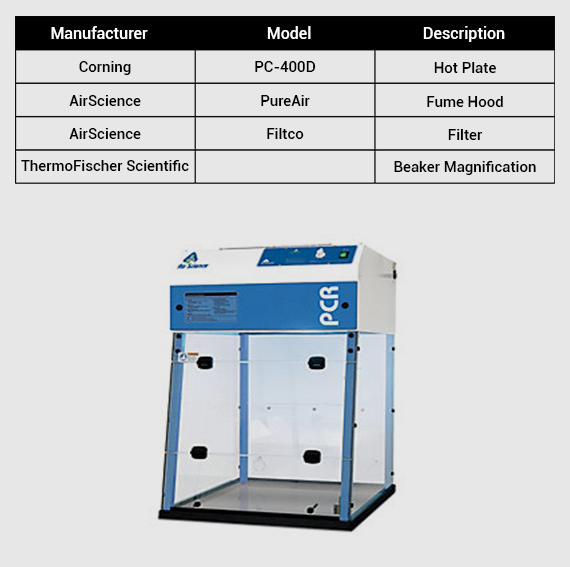
Determining a part’s marking is valid requires various physical testing measures to ensure they are not remarked or resurfaced.
Resion integrates four methods of resistance to solvents testing to determine the authenticity of electronic components. These methods allow us to remove painted markings that are commonly made by counterfeiters, without altering or damaging industry-standard etching.
The three forms of resistance to solvents testing that we perform are:
Parts are blacktopped to cover evidence of tampering or to give a new surface to allow remarking of a device. Acetone checks for non-epoxy blacktopping that covers original component surfaces.
If the solvent testing reveals no failing but the parts are still suspect, a scrape test can be performed. Lightly scrape the components surface with a sharp blade to see if a clear coating has been applied to restore surface smoothness and conceal sanding. Peeling or flaking material indicates possible blacktopping with coatings not affected by acetone.
Heated solvent is the last step in detecting the remarking or resurfacing of components. With these tests, we are able to see if there is a difference in surface texture, or previous markings found under the black topped surface.
If any failures are found, a photo is taken by a Resion inspector to show the results which are then documented in our internal inspection portal.
Our extensive counterfeit testing experience has shown that certain resurfaced components remain intact after the acetone process. For this reason, Resion uses Dynasolve solution (Dynaloy – Dynasolve 750/711 Blue) as a more advanced destructive method for revealing resurfacing.
This process includes submerging a sample component in Dynasolve solution. Any resurfacing or remarking will be removed, highlighting the difference between the submerged portion of the component and original state. We are able to perform high level comparison between the original state and the condition of the submerged product.
